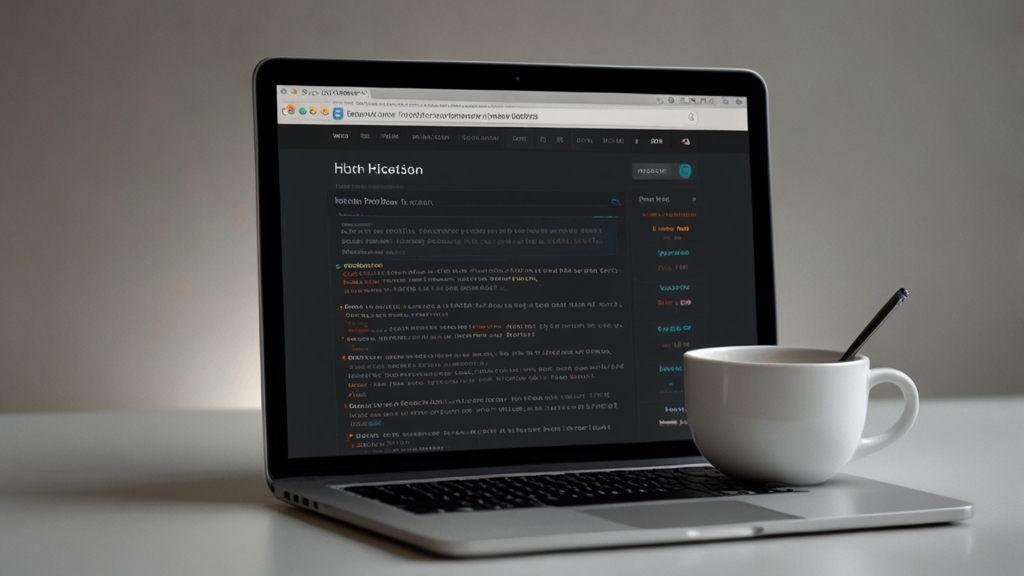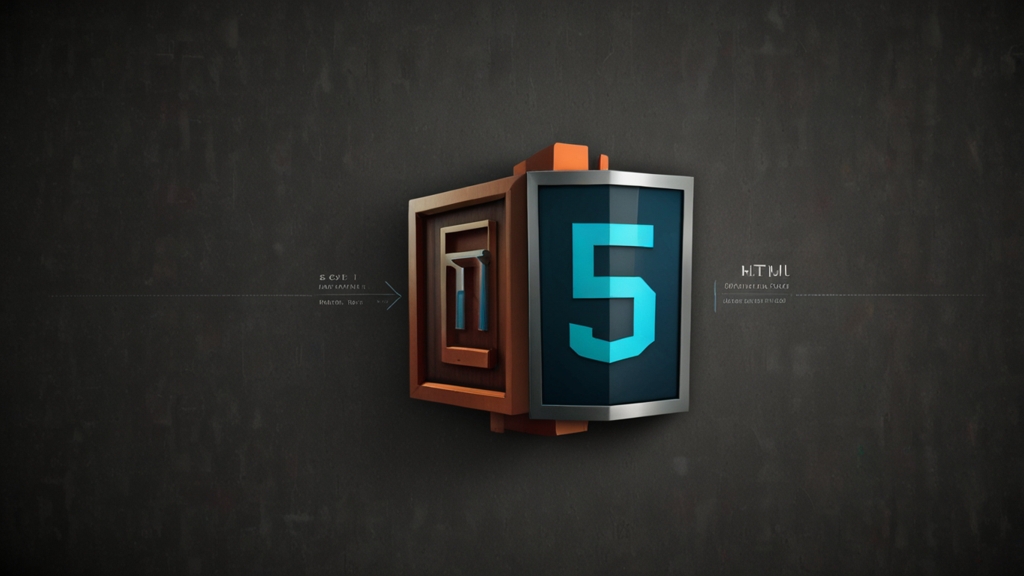Transform Your Website in Minutes with These HTML Hacks
In the rapidly evolving digital landscape, everyone from seasoned developers to small business owners wants their website to stand out. Thankfully, you don't always need extensive coding expertise to make impactful enhancements. With these simple HTML hacks, you can give your website a fresh appearance and improved functionality in just a matter of minutes!
1. Improve Readability with Line Heights
Text readability is crucial for user experience. By adjusting the line height of your paragraphs, you can make your content much easier to read. Simply add a style attribute to your paragraph tags:
<p style="line-height: 1.6;">Your readable text here.</p>
This small tweak can make a big difference, particularly for long articles or blogs.
2. Center Elements with Ease
Centering elements vertically and horizontally can often be tricky. However, with the margin property in CSS, you can center any block-level element pretty easily.
<div style="margin: 0 auto;">Your centered content here.</div>
For centering text or inline elements, you can use:
<p style="text-align: center;">Your centered text here.</p>
3. Make Images Responsive
If your images aren't responsive, they can break the layout of your website on different devices. To make an image responsive, use:
<img src="your-image.jpg" style="max-width: 100%; height: auto;" alt="Description of the image">
This ensures that your images will scale down properly on smaller screens without losing their aspect ratio.
4. Add Tooltips for Interactivity
Tooltips are a great way to provide additional information without cluttering your design. You can easily add a tooltip to any element using the title attribute:
<a href="your-link.html" title="This is a tooltip example">Hover over me</a>
When a user hovers over the element, the tooltip will automatically be displayed.
5. Use Favicon for Branding
Favicons are small icons that appear in the tab of your browser, representing your website. To add a favicon, include the following HTML in the <head> section of your document:
<link rel="icon" href="favicon.ico" type="image/x-icon">
Make sure the favicon.ico file is in the root directory of your website.
6. Enhance Forms with HTML Attributes
Make your forms user-friendly with HTML5 attributes like required and placeholder. These attributes can ensure that your forms are correctly and easily filled out by users:
<input type="text" placeholder="Enter your name" required>
The placeholder attribute shows a hint inside the input field, while the required attribute makes sure the form can't be submitted without filling out that field.
Conclusion
With just a few HTML hacks, you can transform your website significantly. Simple adjustments in readability, layout, interactivity, and even form functionality can lead to a much-improved user experience. These quick fixes don't require an advanced understanding of coding, making them accessible for anyone looking to make instant improvements to their site.











